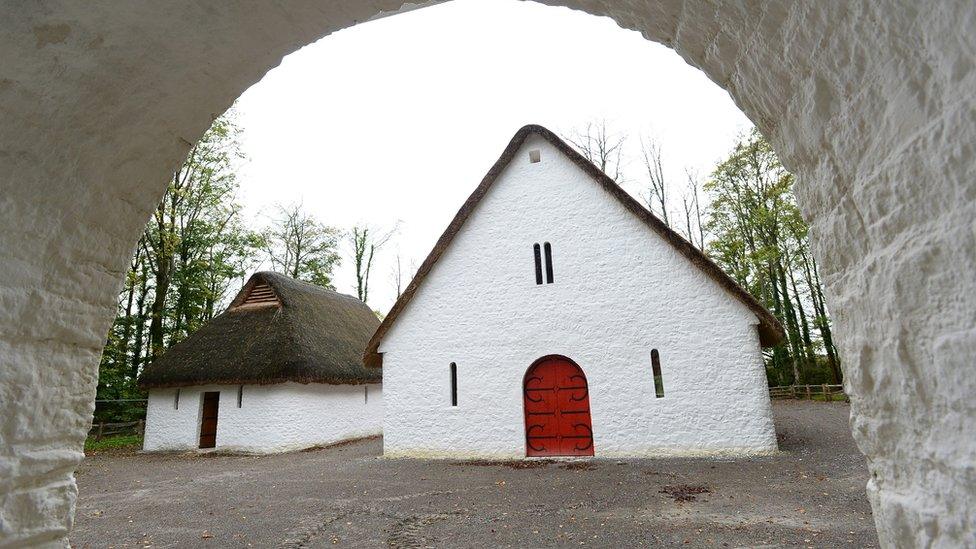Thieves snatch Bronze Age gold in four-minute museum heist
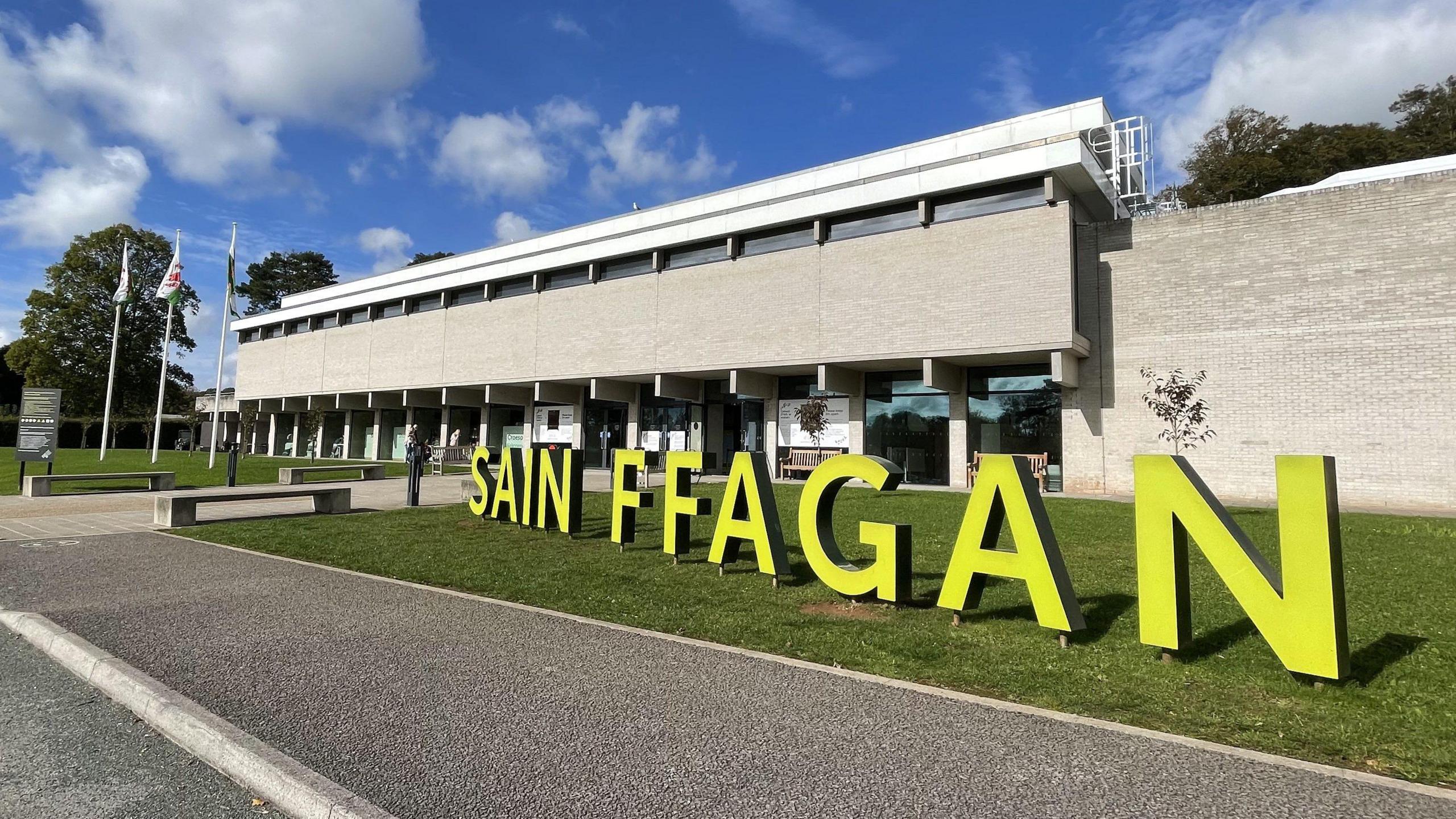
Unspecified gold artefacts from the museum's valuable Bronze Age collection were stolen in a 'targeted' smash-and-grab
- Published
Thieves have stolen "significant" gold Bronze Age artefacts from a popular Welsh museum in a targeted "four-minute" heist, fleeing as a police helicopter swooped in overhead.
CCTV captured the pair smashing their way into St Fagans National Museum of History on the edge of Cardiff early on Monday, with police alerted at 00:30 BST.
"We believe they entirely knew what they were after, they were so focused," said Jane Richardson, chief executive of National Museum Wales, describing footage of the break-in as "emotional to watch".
"It feels like someone has stolen from the family of Wales," said Ms Richardson. Neither the police or the museum can currently confirm details of the stolen items.
Police helicopter
South Wales Police said a helicopter was at the scene five minutes after they were called by onsite security staff.
"They knew exactly where they were going," Ms Richardson told BBC Radio Wales Breakfast.
"They didn't look left or right," she said.
"It looks like they've been scoping out in advance and that they had come for specific items.
The authorities have so far not specified which items were taken, or their value. The museum's Bronze age collection, external includes gold ingots, bracelets, and a lunula necklace.
"These items they took are very special and they didn't bother trying to take anything else," said Ms Richardson.
"Unfortunately, they were so organised that they got away before the police were able to apprehend them."
Night-time treasure thieves threatening a nation's heritage
- Published17 August
How two friends found £3m treasure and ended up in jail
- Published20 March
Man who hijacked taxi with scissors sent to mental health unit
- Published1 October
Det Insp Chambers urged members of the public to come forward with any information, stressing "no matter how small, [it] may be relevant to the investigation".
Founded in 1948, St Fagans is one of Wales' most popular heritage attractions - and is one of seven national museums under the curation of Amgueddfa Cymru.
"It's been very upsetting for us all. We're absolutely devastated," said Ms Richardson.
"These items don't belong to us at the museum, they belong to the people of Wales. The Amgueddfa is a family which everyone in Wales belongs to, and it feels like the family of Wales has been attacked.
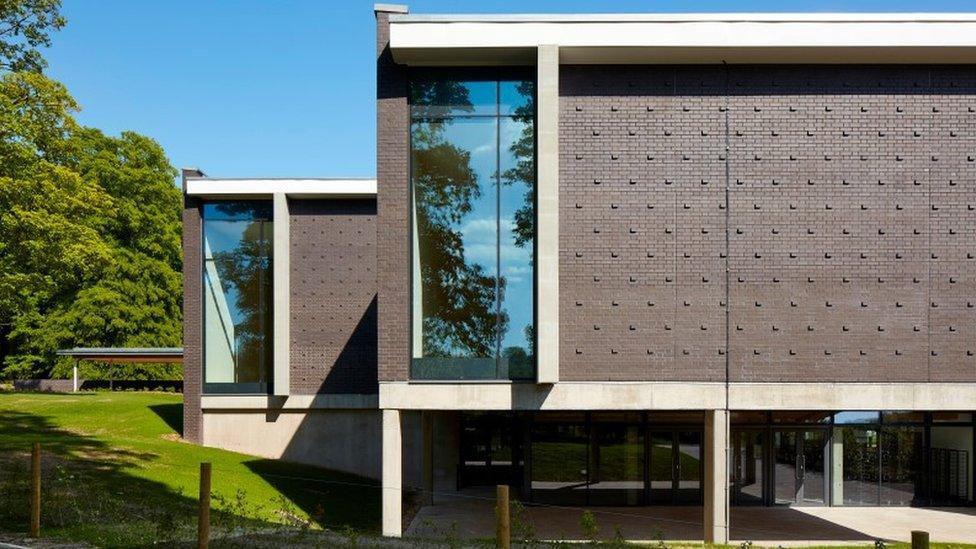
Two thieves forced their way into the main building of St Fagans museum, which is located on the edge of Cardiff
Bronze Age treasures
Ms Richardson expressed relief that security guards at the museum were safe and unharmed.
"It could have been very, very dangerous.
"We always take security and safety very seriously - we have very strong protocols in place," she said, adding the museum robbery was part of an unwelcome trend "around the world".
"These are very significant items for the stories of Wales," said Ms Richardson, of the stolen Bronze Age gold.
"Any value would be meaningless because you can't recreate that level of history. You can't put a price on it. They cannot be replaced they are so special.
"But ultimately - these items - we want people to share them, to see them, to learn from them, and to do that you have to put them on display.
"Even with the top-notch specially designed cases we have at St Fagans, nothing can ever be totally secure."
The museum remains open to the public and will be hosting a museums' conference over the next two days, although the main building, the café and the indoor galleries are currently closed.
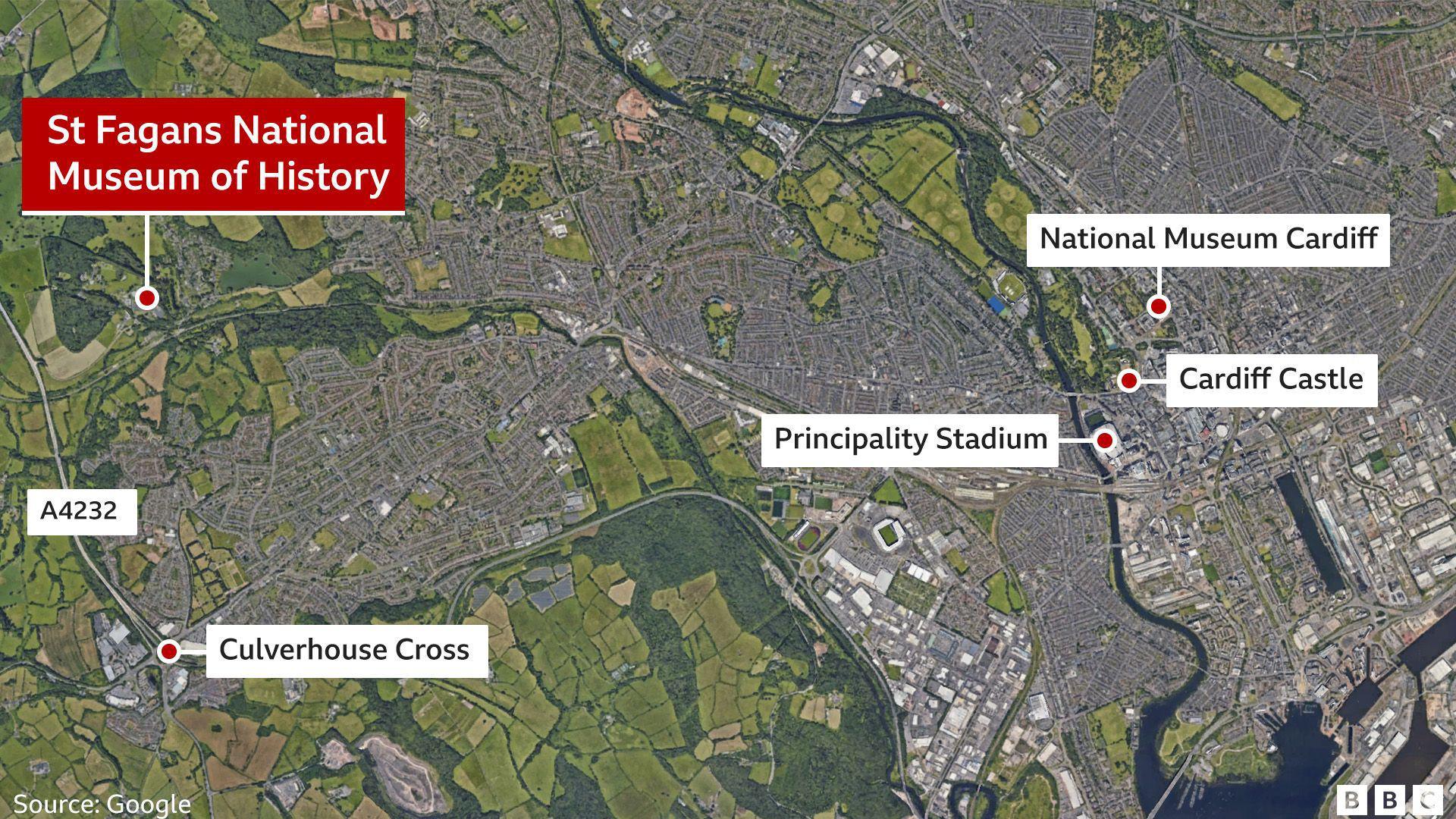
St Fagans National Museum of Wales is on the western edge of Cardiff
What is St Fagans museum?
St Fagans National Museum of History, located in a village in the leafy outskirts of Cardiff, is one the city's most-visited attractions.
It has re-erected more than 40 buildings representing different eras of Welsh history.
The most recent addition is the Vulcan Hotel pub, which previously stood on Adam Street in Cardiff for 170 years before being moved, brick by brick, and reassembled at St Fagans.
The museum's main building houses exhibits and artefacts from the past.
This building, where the robbery took place, was redeveloped in a £30m overhaul in 2018, adding three new galleries and helping the museum clinch the prestigious Art Fund Museum of the Year award in 2019.
Speaking at the time, the chair of the judges, called the museum "a truly democratic museum" that "lives and breathes the culture, history and identity of Wales".
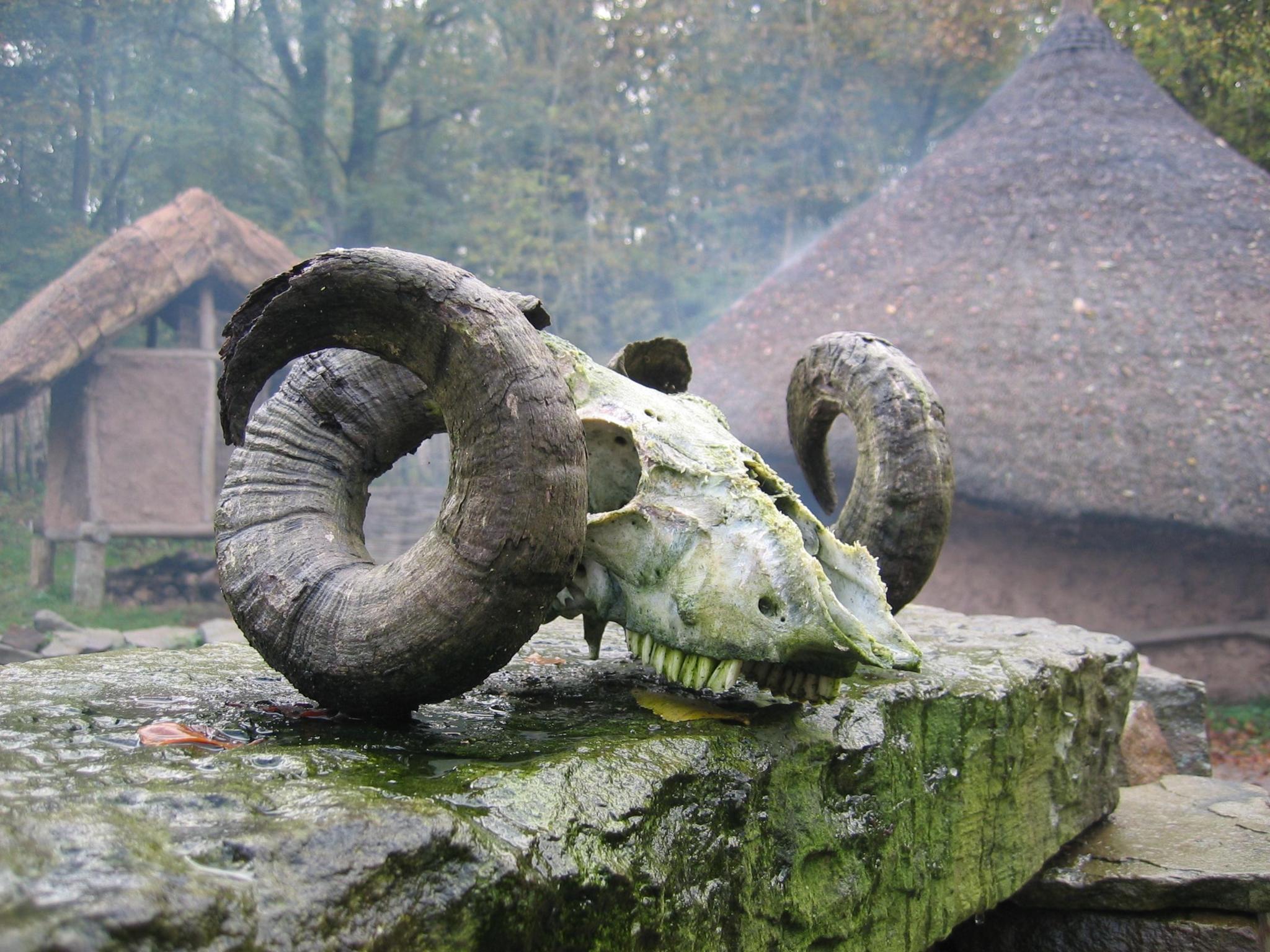
The museum grounds at St Fagans incorporate a recreation of a Celtic village
'Draw attention'
Frank Olding, archaeologist and a former museum curator at Abergavenny Museum, called the burglary "puzzling" suggesting there was "no way that the objects could be passed on or sold to anyone."
"Any dealer or anyone with any interest in history or the Bronze Age would know immediately what these objects were, and that would of course draw attention to the thieves as well," he told BBC Wales.
"It's very difficult to see how they could be passed on, and how could they be of any value to the people who have stolen them.
"The worst thing that could happen is that they were melted down for the value of the gold. Then they are lost forever to us, and the information they give us about our past would be destroyed forever.
"That really would be a tragedy."
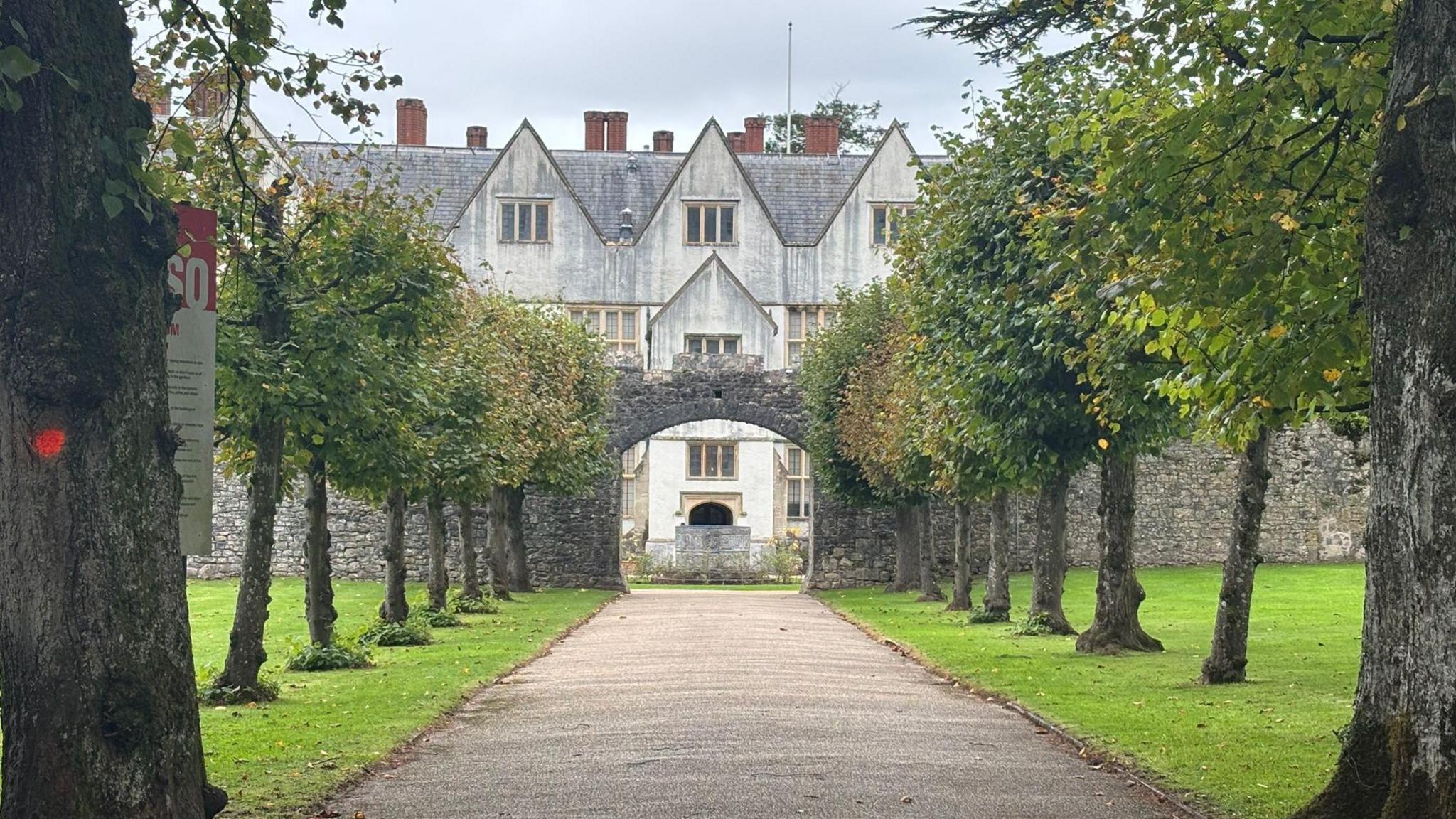
Heledd Fychan, Plaid Cymru MS for South Wales Central, said: "I am extremely concerned for the nations collections that have been taken in this way.
"We need assurances that the rest of the collections across the nation are safe", she said, adding she would seek reassurance that cuts to culture funding "have not contributed in any way to the situation".
What do local people and visitors think?
Local publican Adam Ackerman, 34, called the events surrounding the break-in "unusual" and "concerning".
"We are being more vigilant at the moment," he said
"There are so many visitors from all over the world, and so many entrances and low walls. It's easy to scout around."
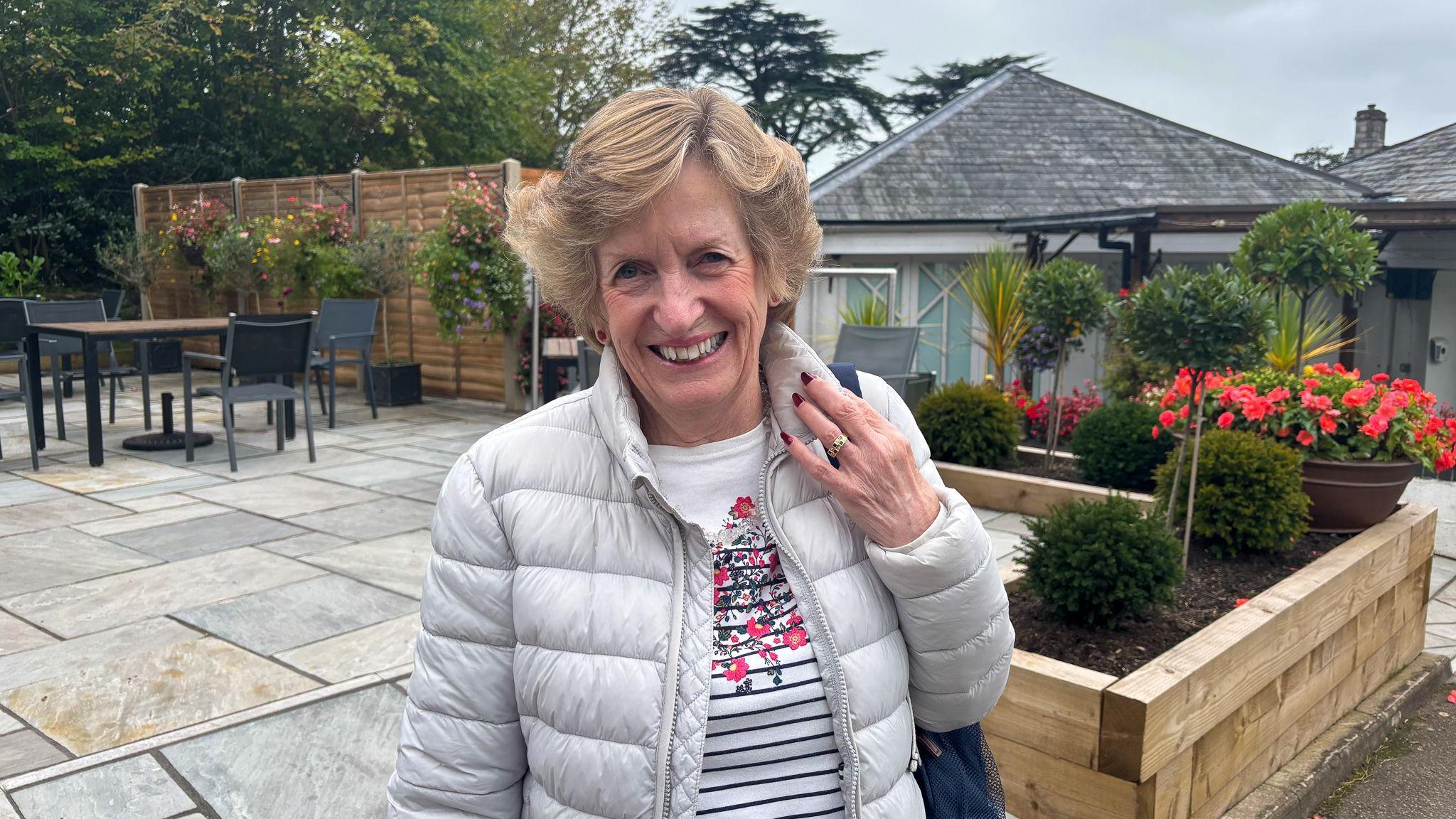
Mourag Law, 75, from the Cyncoed area, believes the items may have been 'stolen to order'
One visitor Mourag Law, 75, from the Cyncoed area of the city, suggested the burglary was a sign of wider problems.
"This is a reflection of a broken country and it seems to have been stolen to order," she said.
"St Fagans works hard to preserve the past, and this very much deserves to be protected."
Sady Hurley lives close to the site, and has been visiting since she was young.
"I'm absolutely horrified and disgusted.
"This is our heritage, and some hooligan is prepared to ruin it.
"I'm beyond words."
- Published3 July 2019
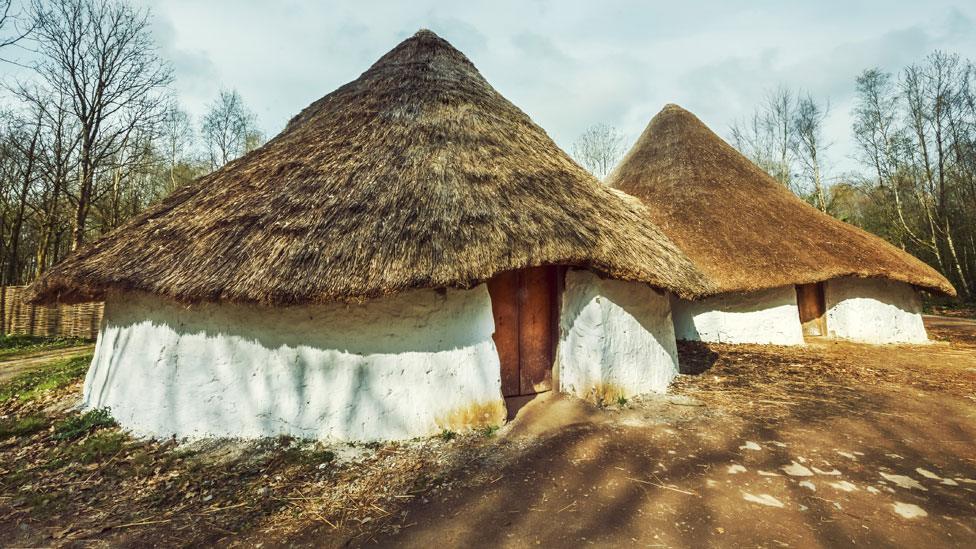
- Published4 September 2024
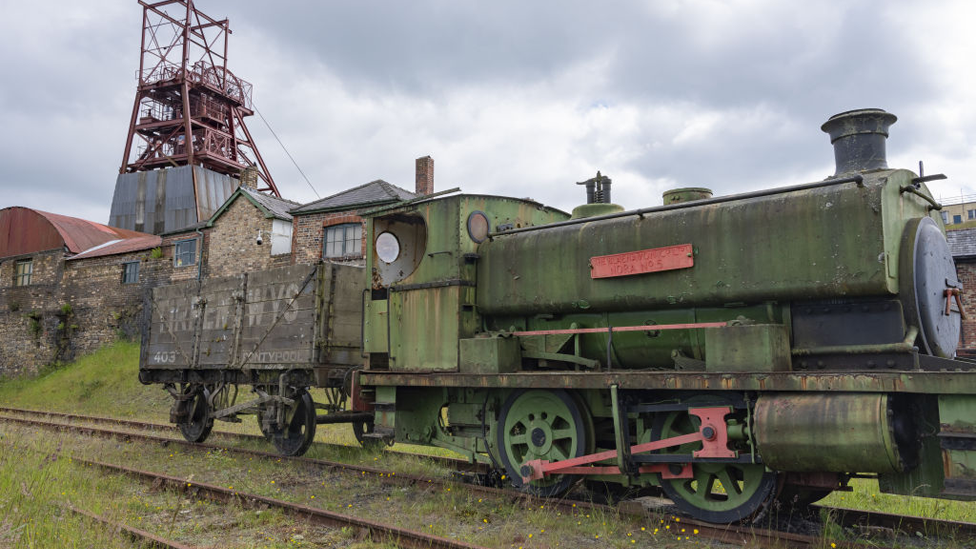
- Published18 October 2018
